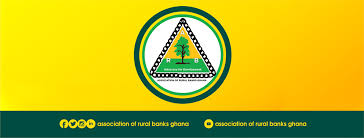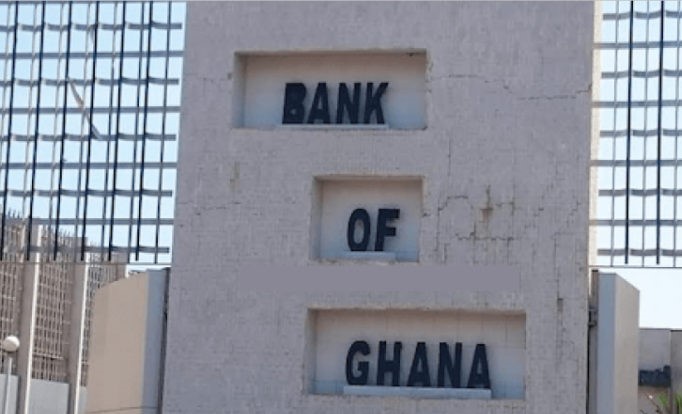The Bank of Ghana has released a report indicating that the performance of the Rural Banking sector witnessed an improvement during the third quarter of 2020 compared to the same period in 2019.
The most notable numbers for the period were total loans and total deposits. Total loans as of 2020 Q3 stood at GH¢1,706.2 million, a 14.7 percent growth or GH¢218 million over loans outstanding in the comparative period the previous year. Total deposits mobilized by Rural and Community Banks (RCBs) grew by 38.1 percent year-on-year to GH¢4,841.1 million at the end of the third quarter of 2020 from GH¢3,504.3 million recorded for the corresponding quarter of 2019.
Likewise, on a quarterly basis, the Bank of Ghana intimated that loans and advances made by RCBs increased by 10.4 percent from GH¢1,545.2 million recorded at the end of second quarter of 2020. Also, total deposits mobilized shot up rising by 11.6 percent from GH¢3504.3 million logged in 2020 Q2.
“The level of RCBs deposits at the end of the review quarter constituted 5.1 percent of total deposits of the banking system, compared with the share of 4.9 percent in the previous quarter and 4.7 percent at the end of the third quarter of 2019”.
Bank of Ghana

Aside from total loans and deposits, there were additional liabilities incurred by RCBs, which also recorded an upsurge. Year-on-year, other liabilities increased from GH¢337.4 million at the end of 2019 Q3 to GH¢418.4 million of the equivalent quarter in 2020, representing an annual increase of 24 percent.
The Bank of Ghana, however, cautioned that shareholders’ funds keep decreasing on a yearly basis. Shareholders’ funds declined to GH¢414.6 million by the end of 2020 Q3 as against a total of GH¢445.3 million recorded the previous year around the same quarter, indicating a decrease of about 6.9 percent in the capital of RCBs. Analysts attribute the decline in shareholders’ funds to many reasons including accumulated losses overtime, large dividend payments and excessive debts incurred.
In conclusion, 2020 was certainly a different and difficult year for many amid the coronavirus pandemic and as such it’s quite laudable for RCBs to record such improvements over the period under review. Notwithstanding, the new strain of the virus lingers requiring the implementation of new strategies to remain resilient.
Moreover, though deposit mobilization by the Rural Banking sector have improved considerably, there is more room for growth because they still contribute to roughly 5 percent of total deposits in the banking system. Also, this is to enable RCBs assist with the government’s initiative of increasing financial inclusion under the National Financial Sector Development and Inclusion Strategy (2018-2023). Government expects an increase in access to finance from the current rate of 58 percent to 85 percent by 2023.























